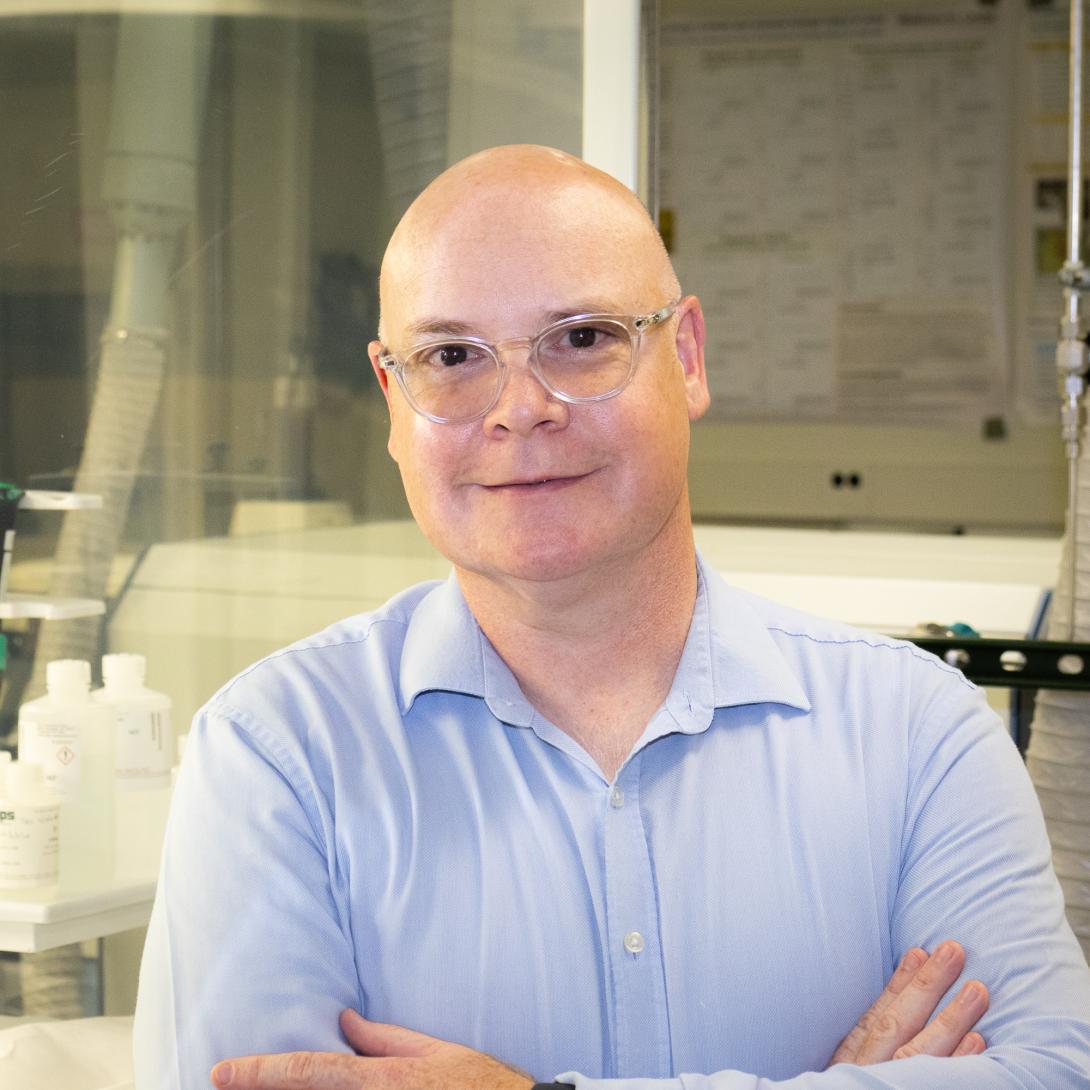
Christopher D. Palmer, PhD
Research Interests
As the Deputy Director of the Wadsworth Center’s Clinical Trace Elements Laboratory (TREL), Dr. Palmer assists in the management of projects and activities pertaining to the multielement analyses of clinical specimens (blood, serum, urine etc.) for both human biomonitoring studies and for clinical cases of acute exposure. Projects are not only focused on improving the health outcomes of New Yorkers (e.g., the NY City Health and Nutrition Examination Survey, NYC HANES), but findings have also benefited national and international collaborations beyond NY State.
Dr. Palmer has over 30 years of experience as an analytical chemist specializing in the field of Atomic Spectrometry. His research has involved the development of robust analytical methodologies to support biomonitoring and exposure studies. His area of expertise has primarily concentrated on the use of inductively coupled plasma-mass spectrometry to achieve these goals, but it has also branched out to include cold vapor and hydride generation techniques (for the determination of arsenic), as well as liquid and gas chromatography for speciation methodologies. His is currently focused on the transition of clinical methods onto triple-quadrupole ICP-MS platforms (ICP-MS/MS) while simultaneously ensuring the high level of regulatory compliance necessary for clinical testing. The ICP-MS/MS technology now serves as a workhorse for the majority of clinical testing in TREL. The lab is Clinical Laboratory Improvement Amendments (CLIA) accredited and holds a NYS Clinical Laboratory Evaluation Program (NYS CLEP) permit for clinical testing.
Dr. Palmer is also the trace elements point-person for the CDCs Laboratory Response Network for Chemical Threats (LRN-C). The LRN-C is a national network which comprises the CDC local and state public health laboratories, and which has the capacity to respond to chemical threats, and other public health emergencies. As well maintaining New York’s preparedness for potential LRN-C events, he has also administered in-person method training sessions for network partners on behalf of the CDC.